Unique railway stations in The South of France for Art Lovers
1) Gare Saint-Charles
As you walk out of the railway station at Marseille-Saint-Charles, you will be amazed by the sweeping views over the city. The station is situated on a hill on the fringe of the city centre. In the old days, the station was an important stop for intercontinental travellers from European cities, who arrived here to take the boat to Africa, the Middle East or the Far East. These days are long behind us and we mostly rely on airplanes for this nowadays. But the monumental, baroque staircase that you have to walk down to get into the city is still there. It was officially inaugurated in 1925 and is decorated with sculptures of lions, children and allegorical figures that refer to the history of Marseille and its port, agriculture and fisheries, and the former French colonies in Africa and Asia.
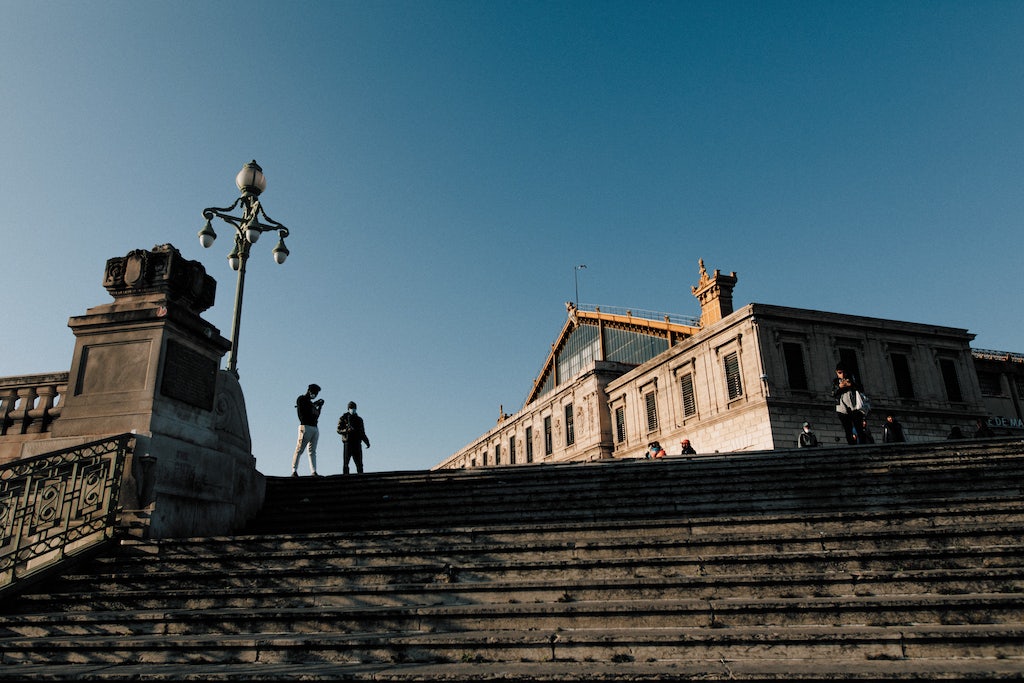
2) Gare d'Avignon TGV
The TGV station of Avignon, which is situated 5 kilometres to the south-west of the city centre, resembles a huge, upturned canoe, made from concrete, glass and steel. Its elongated interior – 350 metres long and 14,5 metres tall – is reminiscent of a modern cathedral. The railway station was built in 2001 to a design by Jean-Marie Duthilleul and Jean-François Blassel. The platforms are located above the station hall because the high speed line runs across the River Rhône on a viaduct. Moreover, the architects also took the potential of flooding in the area into account.
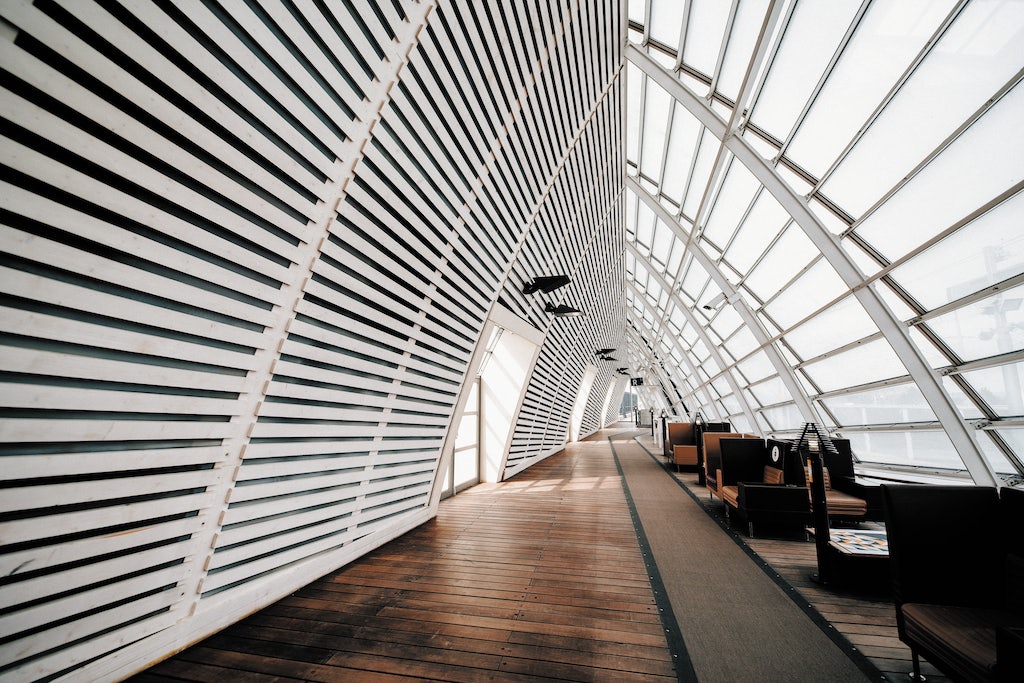
More art in the South of France?
This guide contains more than 350 beautiful places worth visiting in the South of France if you love art. Available in our webshop now.
3) Gare de Monaco-Monte-Carlo
The railway station of Monaco-Monte-Carlo dates from 1999 and was built entirely underground: the station, which is made from polished concrete and clad with tropical hardwood, is situated in a 466-metre-long tunnel, which runs under the Principality. Originally, there were two stations above-ground, one of which was close to the port. But because tiny Monaco wants to utilise every square metre of its territory to construct housing on it, the decision to dig a tunnel under the Principality was made as early as the 1960s. The current station is located more inland, on the border with France. The result is a curious situation: half of the underground parking garage on the north side of the station is in French territory, the other half is on Monegasque land. The boundary is indicated with a dotted line in the ceiling and two inverted triangles. This means you will be driving back and forth between the two countries in the car park.
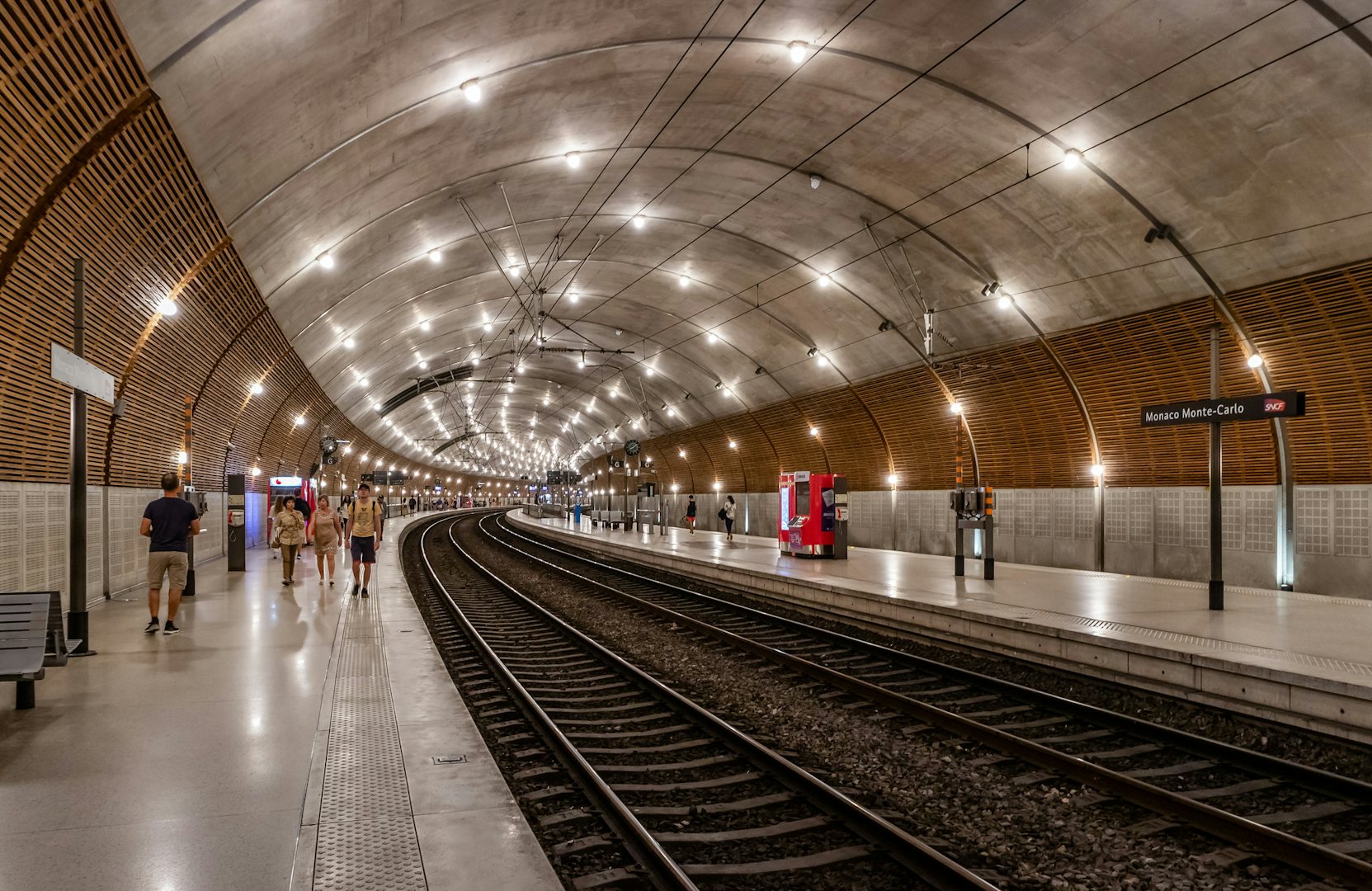
Matthew Hatley
4) Gare de Perpignan
In 1963, the world-famous Catalan surrealist artist Salvador Dalí proclaimed Perpignan Station to be the cosmogonic centre of the universe. “I always have my most brilliant ideas in Perpignan Station”, he famously said. Two years later, he painted the monumental canvas La gare de Perpignan, which is now in the Museum Ludwig in Cologne. According to legend, his students later added a Daliesque, psychedelic painting to the ceiling of the ticket office hall. In reality, however, the French railway company SNCF commissioned the design. Unfortunately, the painting was lost during the renovation in 2014. On the other side of Avenue du Général de Gaulle, in Place de Catalogne, you can see a monumental, fun tribute to Dalí by the French artist couple Les Pritchard’s: Dalí en lévitation (2000). The artist veers up from a giant red chair, like a jack in the box, and gazes at his cherished station.
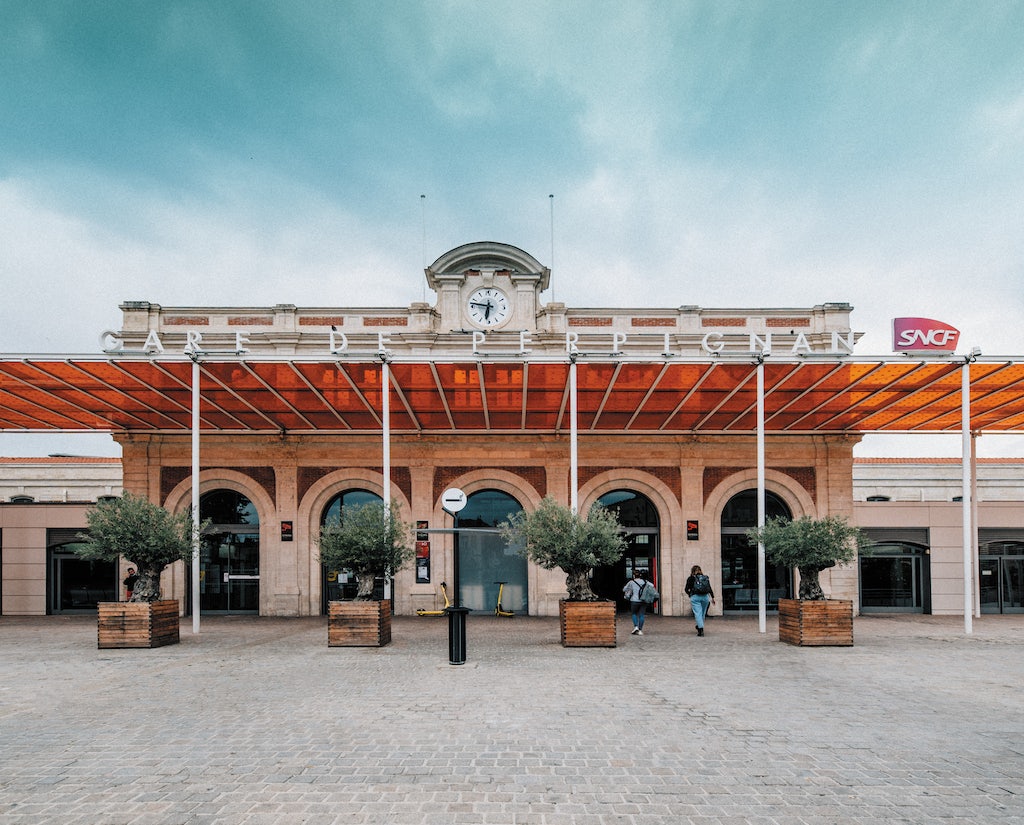
5) La Ciotat
This simple station building has written history. This is entirely the merit of two film pioneers, the Lumière brothers. Their father, Antoine Lumière, had a factory in Lyon that specialised in photographic equipment. His two sons, Louis and Auguste, shared his passion, developing a device that could simultaneously record, develop and project images: they called it the cinématographe and applied for a patent for their invention on 30 March 1895. So what does La Ciotat have to do with this, you ask? In 1893, Antoine had a holiday cottage built there, where the family spent their annual summer holidays. While the Lumière brothers shot their first film at factory gates in Lyon, approximately half of the first twenty films they made were shot in La Ciotat in the summer and autumn of 1895. Their most famous film undoubtedly is that of the steam train entering La Ciotat’s station. Apparently, the first spectators in a cinema recoiled in fear because they thought that a real train was barrelling towards them. Because of the audience’s reaction, this film, which lasts a mere 50 seconds, is often called the first ‘horror film’. The many travellers that are getting on and off the train include Joséphine Lumière, the mother of the two inventors, and Suzanne, Louis’s daughter. They pretended not to know each other. A memorial plaque in La Ciotat’s station marks the occasion.
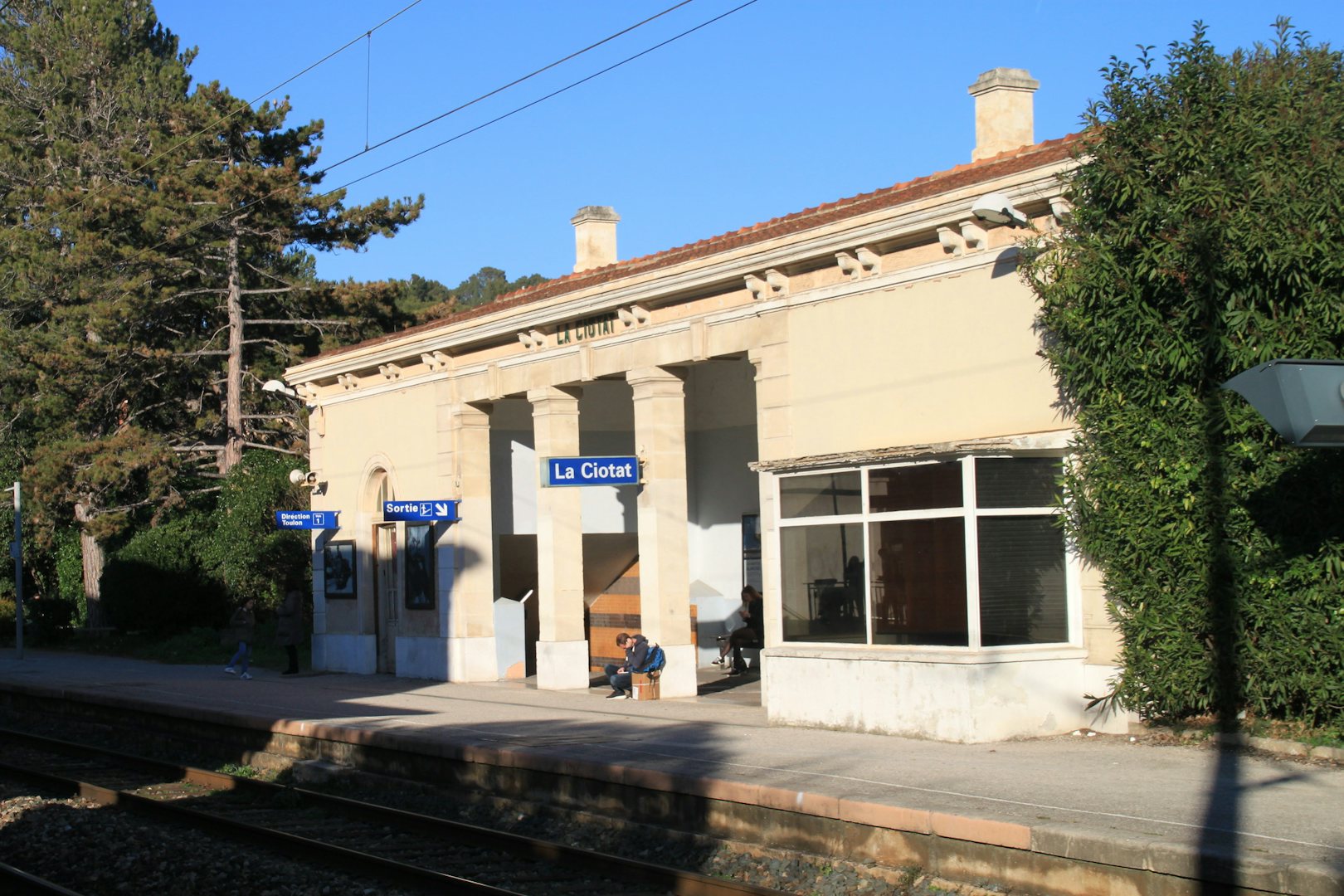
Jeanne Menjoulet
More art in the South of France?
This guide contains more than 350 beautiful places worth visiting in the South of France if you love art. Available in our webshop now.
JOIN THE HIDDEN SECRETS SOCIETY
Unlock a world of hidden gems. Sign up for free and gain access to over 4,000 addresses on our website. Plus, enjoy a 10% discount on all print guides and ebooks. Start exploring today!
Already a member? Log in. |
New here? Sign up. |